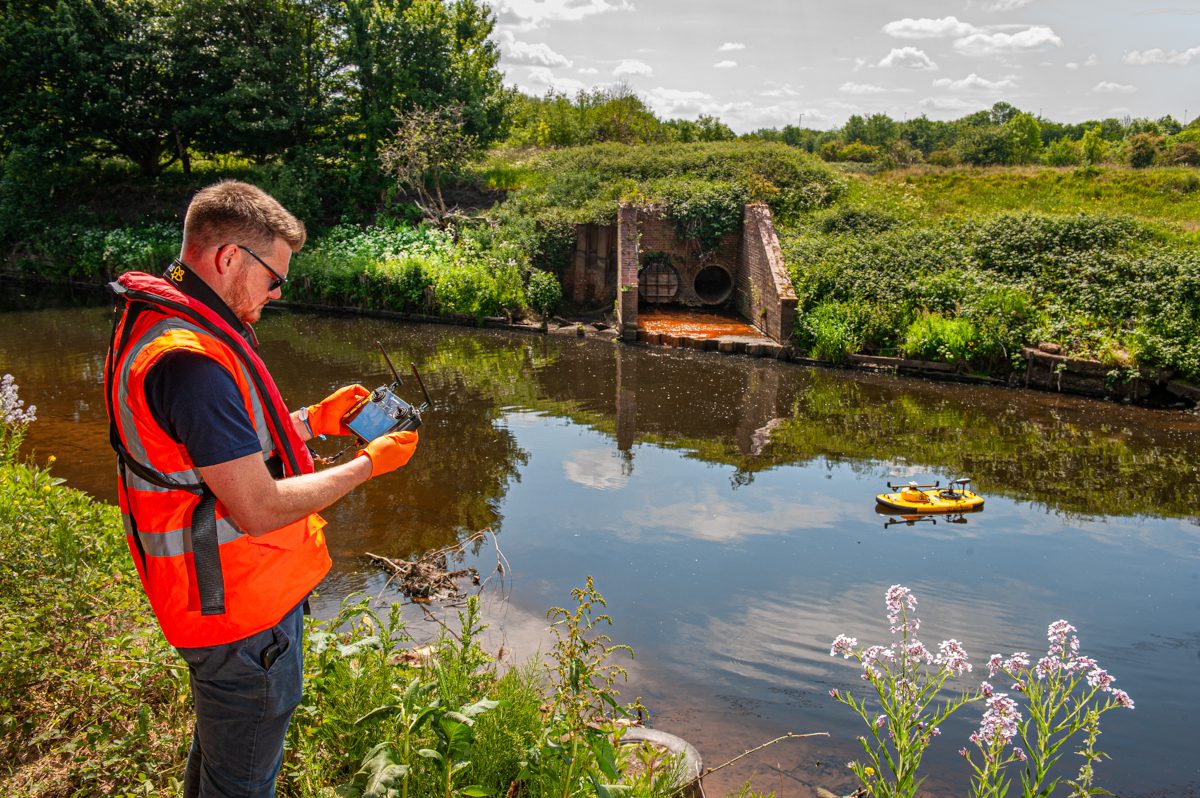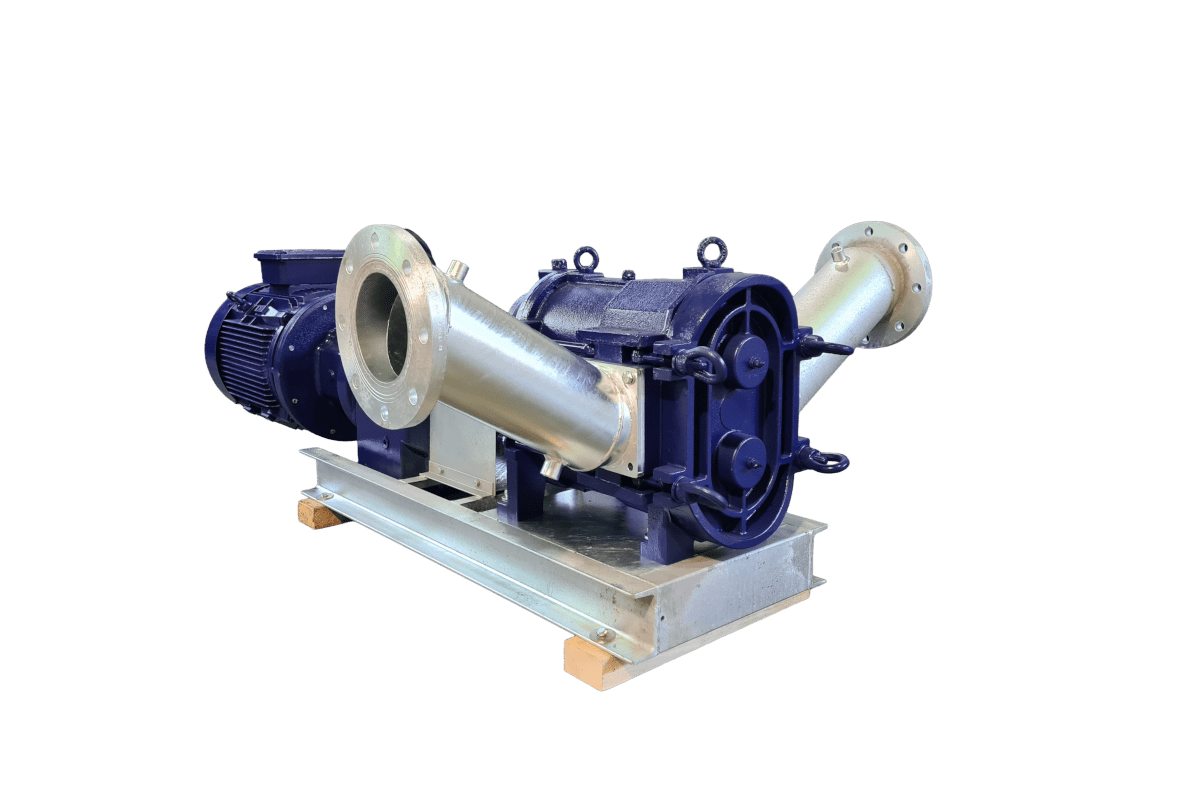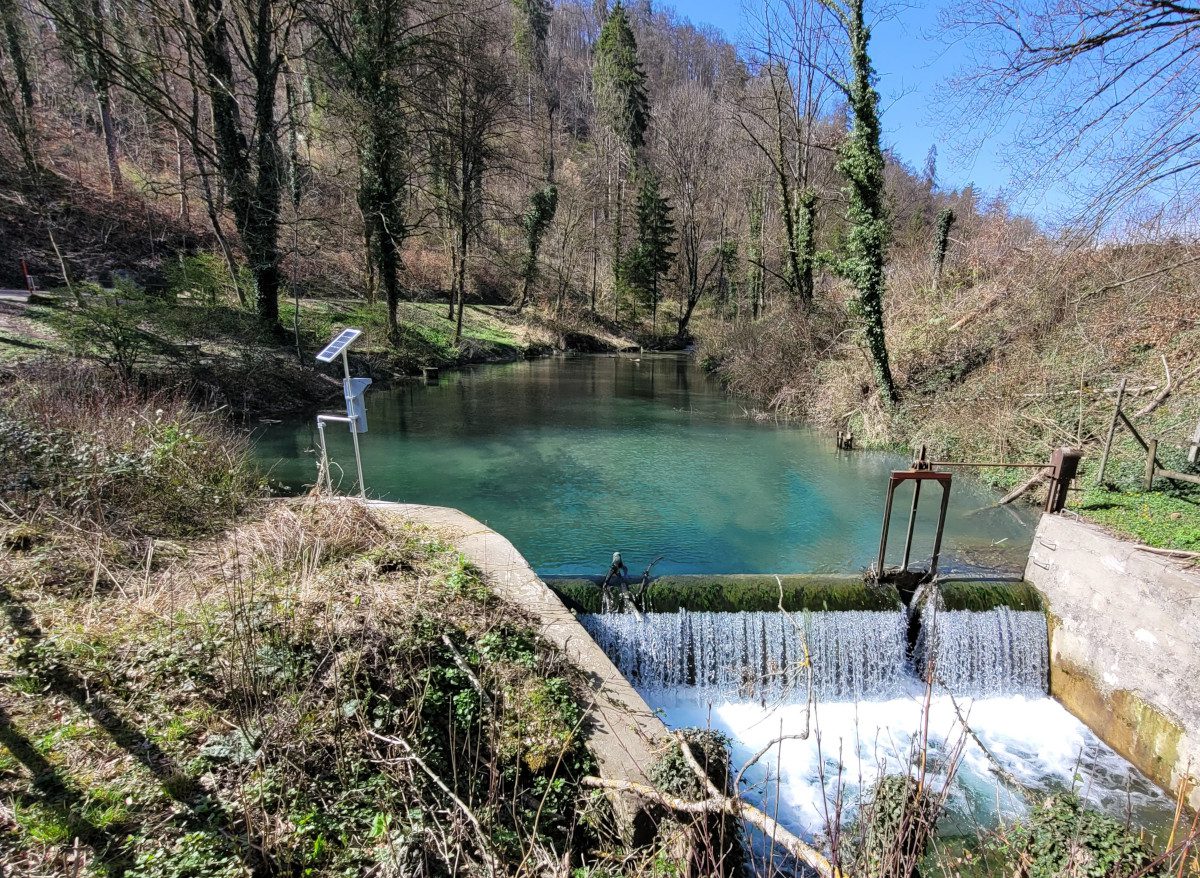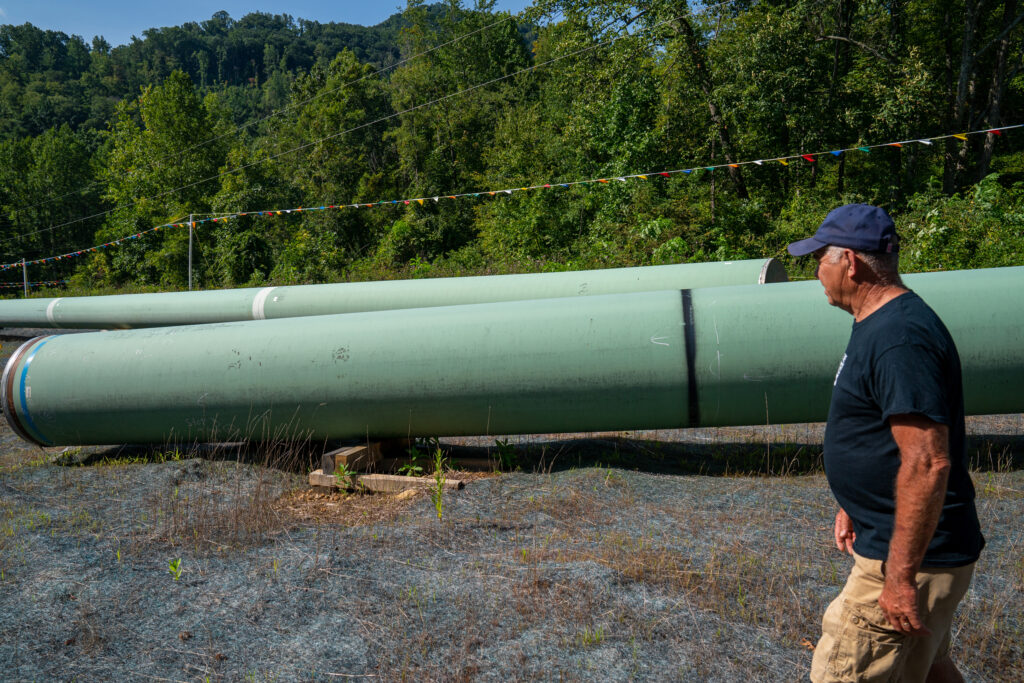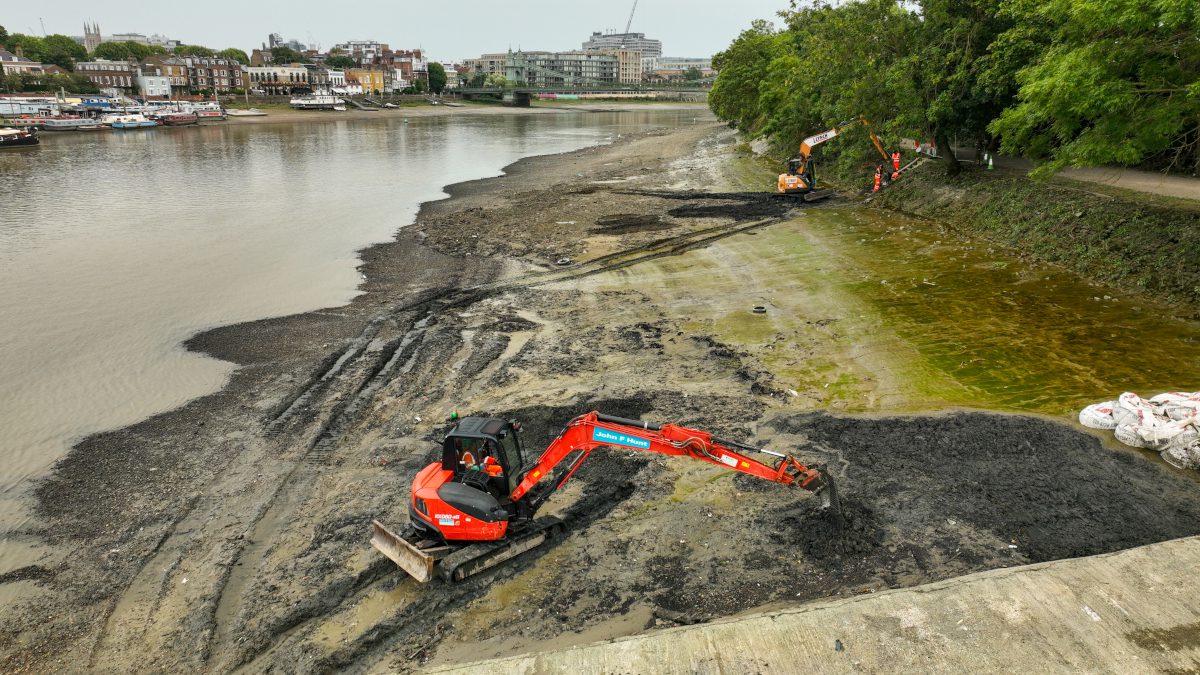A new study from The James Hutton Institute,* appears to have found that the levels of antimicrobial resistance (AMR) present in surface water increase during winter.
AMR occurs when microorganisms such as bacteria acquire new genes to help defend against medications designed to kill or inhibit them. These AMR genes present a severe threat to public health, as they reduce the effectiveness of antibiotics and other medications, making it more difficult to treat common infections.
While AMR is predominantly considered a clinical issue, the environment can also play a part in its spread. Flooding, sewer overflows and agricultural run-off all contribute to a cocktail of pollutants that can increase AMR genes in surface water, potentially turning regular bugs into ‘superbugs’.
To better understand how AMR genes fluctuate throughout the seasons, researchers from the Hutton worked alongside colleagues from the University of Girona, the University of Barcelona and the Scottish Environment Protection Agency to monitor two livestock-dominated water catchments in southwest Scotland.
Between 2017 and 2019, composite samples were taken from both sites twice a week and analysed by researchers. To their surprise, they found a seasonal pattern in the abundance of AMR genes, with the highest number appearing in winter. Strangely, this relationship is inverse to bacteria abundance, meaning that the number of AMR genes rose while the number of individual bacteria declined.

While more research is needed to understand this relationship, the researchers behind the study have proposed a few ideas.
Firstly, they suggest that increased rain in winter time could be washing more faecal pollution into waterways, helping to boost AMR genes. However, while they recognise this as a factor, the researchers don’t believe the phenomenon is enough to account solely for the abundance of AMR genes detected during winter time and have proposed two other potential causes.
The first is that the AMR genes may be a result of microbial stress during cold periods. As the temperature decreases, the microbes come under more stress and begin increasing genes which cause antimicrobial resistance in an effort to defend themselves. This would explain why the genes are more prevalent in the harsh conditions of winter when compared to the abundance of summer.
Their other explanation is that the favourable conditions brought by summer – more light, heat and food – could allow microbes without AMR genes to outgrow and out-compete microbes with AMR genes, leading to a drop in their numbers.
Dr Eulyn Pagaling, an environmental biologist at the Hutton and the study’s lead author, said, “These results were surprising to us, but we have noticed the same pattern in other catchments in Scotland, so this wasn’t a ‘one-off’.
“It shows that if we are going to increase surveillance of AMR in surface waters, we need to take into account seasonal differences. This is even more important if we start to put in place mitigation measures to reduce AMR in the environment because we don’t want to come to the wrong conclusions just because we didn’t take enough measurements over time.”
Dr Miriam Glendell, a Catchment Modeller at the Hutton, added, “Thanks to the collaboration with the Scottish Environment Protection Agency, this study presented us with a unique opportunity to use an exceptional data set to understand the prevalence and variability of AMR in rural headwater catchments. Our analysis enabled us to start understanding the importance of pollution sources, other than sewage treatment works, in catchments that could normally be considered remote and therefore ‘pristine’.”
To read the full paper, titled Understanding variation of antimicrobial resistance genes in two agricultural catchments in Scotland, click here.
* The group bills itself as “Scotland’s pre-eminent interdisciplinary scientific research institute for the sustainable management of land, crop and nature resources”.




